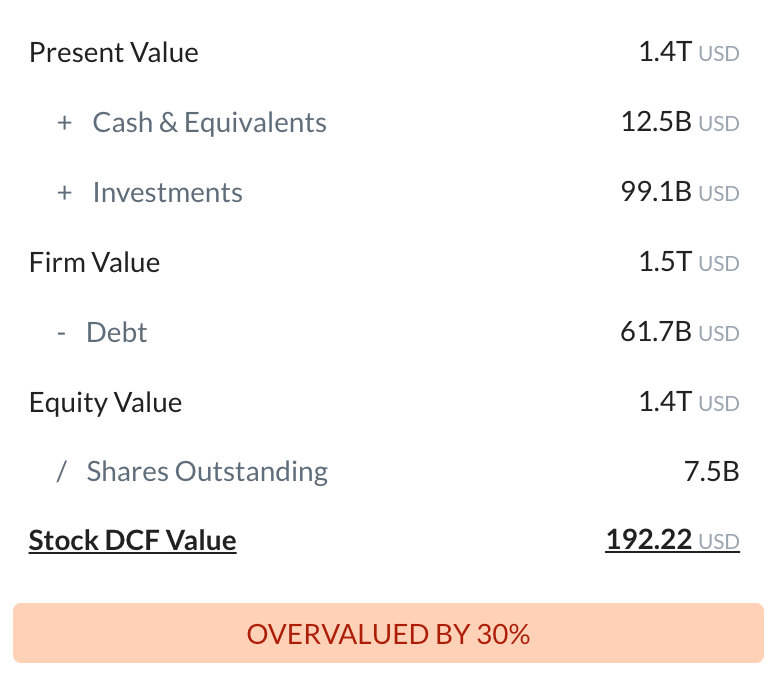
Shopify Inc
NYSE:SHOP

Intrinsic Value
The intrinsic value of one
 SHOP
stock under the Base Case scenario is
hidden
USD.
Compared to the current market price of 83.65 USD,
Shopify Inc
is
hidden
.
SHOP
stock under the Base Case scenario is
hidden
USD.
Compared to the current market price of 83.65 USD,
Shopify Inc
is
hidden
.
The Intrinsic Value is calculated as the average of DCF and Relative values:
Valuation History
Shopify Inc

Fundamental Analysis

Continued macroeconomic headwinds could disproportionately impact Shopify’s core base of smaller merchants, leading to higher churn and slowing subscription revenue growth.
Shopify’s strategic focus on its core commerce platform, supported by a robust app ecosystem and integrated services like Shopify Payments and Shopify Capital, strengthens its moat in the small and mid-sized business segment.

Revenue & Expenses Breakdown
Shopify Inc

Balance Sheet Decomposition
Shopify Inc

| Current Assets | 7.3B |
| Cash & Short-Term Investments | 5.5B |
| Receivables | 1.6B |
| Other Current Assets | 209m |
| Non-Current Assets | 6.7B |
| Long-Term Investments | 6B |
| PP&E | 140m |
| Intangibles | 474m |
| Other Non-Current Assets | 58m |
Free Cash Flow Analysis
Shopify Inc

| USD | |
| Free Cash Flow | USD |
Earnings Waterfall
Shopify Inc

|
Revenue
|
8.9B
USD
|
|
Cost of Revenue
|
-4.4B
USD
|
|
Gross Profit
|
4.5B
USD
|
|
Operating Expenses
|
-3.4B
USD
|
|
Operating Income
|
1.1B
USD
|
|
Other Expenses
|
944m
USD
|
|
Net Income
|
2B
USD
|
SHOP Profitability Score
Profitability Due Diligence

Shopify Inc's profitability score is hidden . The higher the profitability score, the more profitable the company is.

Score
Shopify Inc's profitability score is hidden . The higher the profitability score, the more profitable the company is.
SHOP Solvency Score
Solvency Due Diligence

Shopify Inc's solvency score is hidden . The higher the solvency score, the more solvent the company is.

Score
Shopify Inc's solvency score is hidden . The higher the solvency score, the more solvent the company is.
Wall St
Price Targets
SHOP Price Targets Summary
Shopify Inc

According to Wall Street analysts, the average 1-year price target for
 SHOP
is 135.61 USD
with a low forecast of 88.52 USD and a high forecast of 183.75 USD.
SHOP
is 135.61 USD
with a low forecast of 88.52 USD and a high forecast of 183.75 USD.
Dividends

Current shareholder yield for  SHOP is
hidden
.
SHOP is
hidden
.
Shareholder yield represents the total return a company provides to its shareholders, calculated as the sum of dividend yield, buyback yield, and debt paydown yield. What is shareholder yield?

The intrinsic value of one
 SHOP
stock under the Base Case scenario is
hidden
USD.
SHOP
stock under the Base Case scenario is
hidden
USD.
Compared to the current market price of 83.65 USD,
 Shopify Inc
is
hidden
.
Shopify Inc
is
hidden
.




























































 You don't have any saved screeners yet
You don't have any saved screeners yet